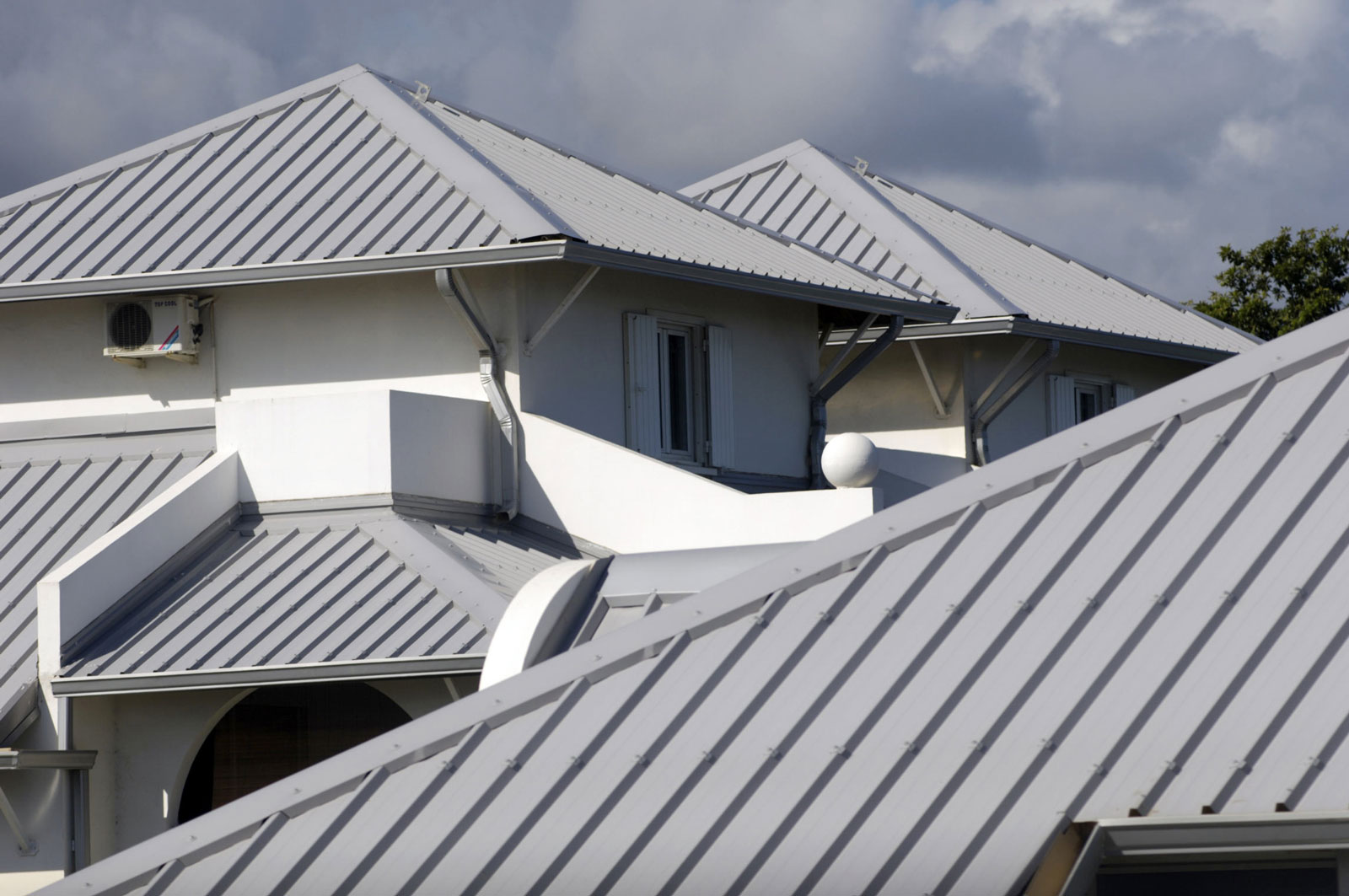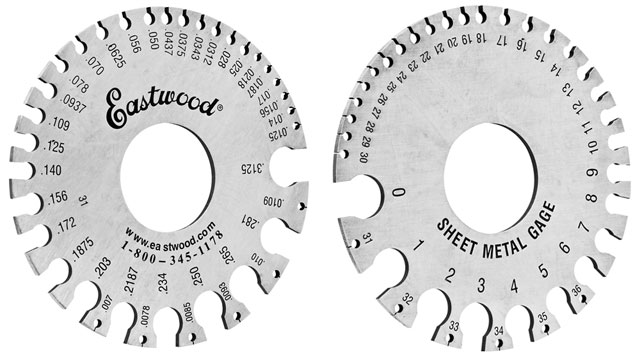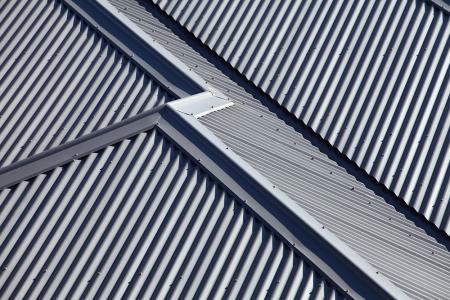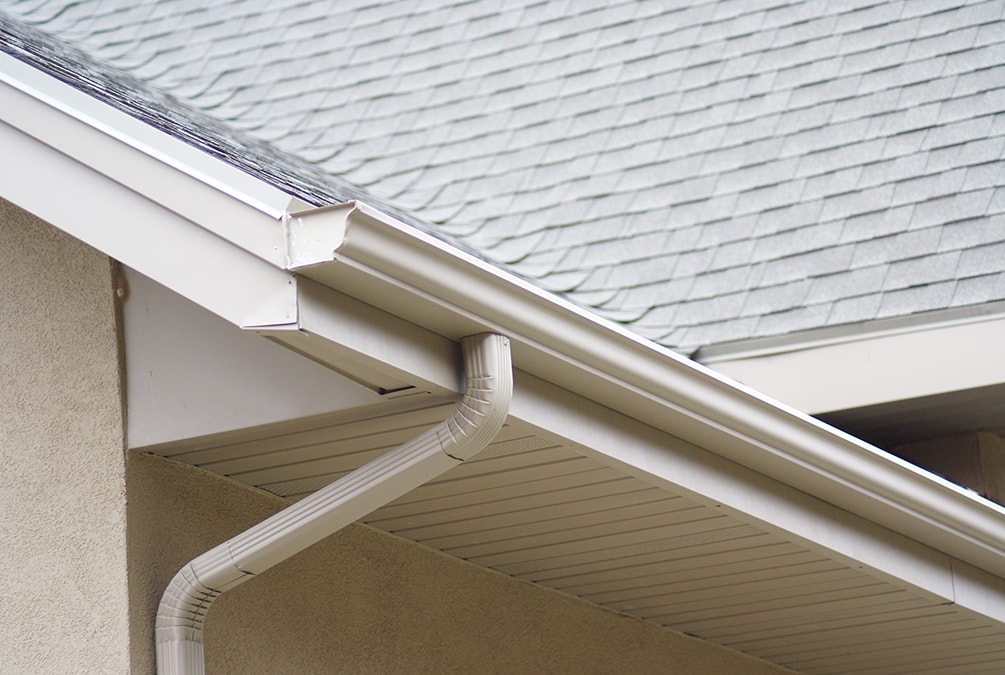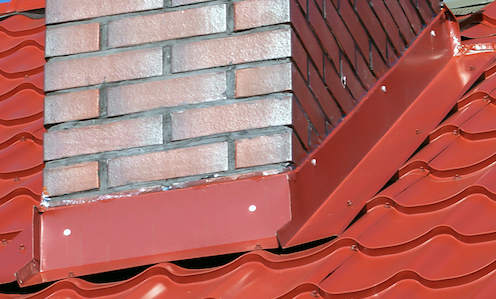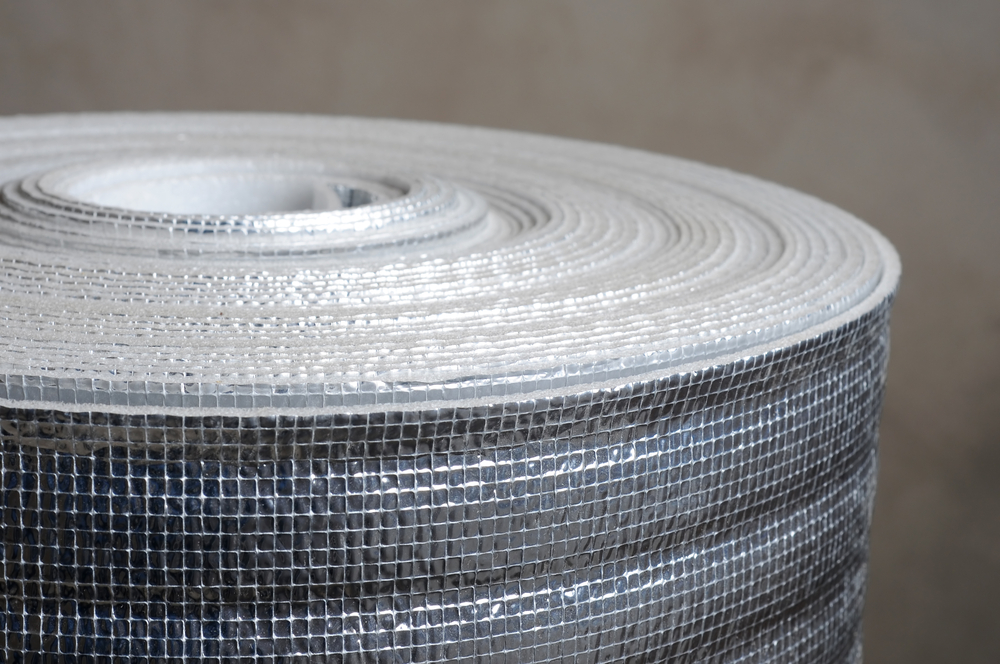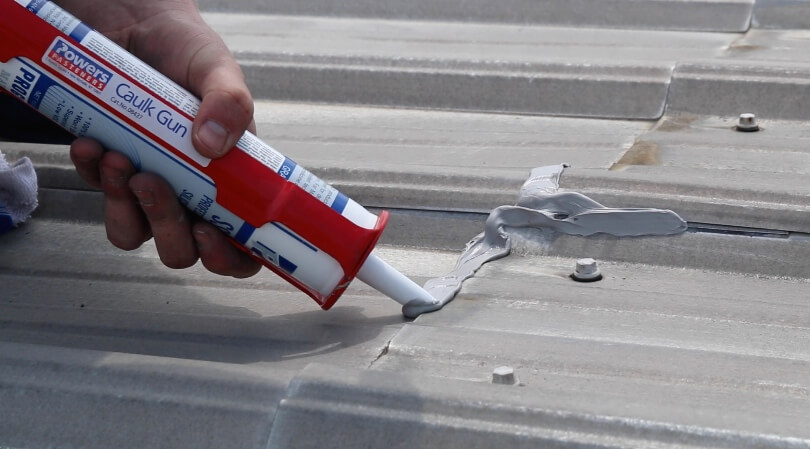This basic guide covers the roofing materials needed when one is considering constructing an efficient roofing. It is worth noting that the topic revolves around common roofing materials that are currently practiced in the Philippines. More importantly, there are three major components when talking about roofing materials. These are the following: roofing panels, bendable and hardware materials.
Looking for where to get roofing materials? Contact us by clicking on the button.
Roofing Panels – Main Roofing Materials
When it comes to roofing, a major part of it are the roofing panels. From all the components, they are the most expensive due to the fact that they make up 85% of all the roofing materials. There are a number of factors that contributes to the different variation of a panel. Some of these are thickness, roof profiles and color. From all the factors listed, thickness plays a crucial role when related to the overall cost of the materials. Moreover, the usual ranges of thickness covers from 0.30 to 0.60 millimeter and the most common design are rib type roofs and corrugated roofs. You can check our full list of catalogue which tells you the different variations we have by clicking on this link.
Gauge Wheel – Measuring Steel Thickness
As have mentioned, thickness is the most important factor when talking about roofing panels. Since the differences between the usual ranges are minute, it can be difficult to determine the thickness through the naked eye. That is why a specific tool called Sheet Metal Gauge or Gauge Wheel was invented. It is a circular steel wheel full of gaps with a certain number indicated per gap. The larger the gauge number the thinner the steel. It can be used by continuously inserting the steel sheet through a gap until a perfect fit is identified. For each gap number, it can tell various details about the material. For brevity’s sake, we are only concerned about the thickness (millimeters) with the range of 0.30 – 0.60. The table below relates the usual ranges of roofing panels to the gap number.
| Number of Gauge | Approximate Thickness (mm) |
|---|---|
| 29 | 0.343 |
| 28 | 0.378 |
| 27 | 0.417 |
| 26 | 0.455 |
| 25 | 0.531 |
| 24 | 0.607 |
Roof Ridges – Intersecting Roofing Materials
The second from the list are bendable materials. They are usually applied on ridges. To be precise, ridges in the roof system are defined as the horizontal top area where two sloped roof areas intersect. Placing a cap on these ridges will ensure a watertight roofing system. Commonly, there are two roofing materials available namely; (1) Ridge Caps and (2) Ridge Rolls. The only difference between the two are their appearances and what particular roofing profile they go with. For aesthetic purposes, we usually recommend that Ridge Caps should be coupled with Tile Spans roofing profiles. Contrary, Ridge Rolls should be used together with Rib and Corrugated roofing profiles.
Roof Gutters – Funneling Water Flow
The primary purpose of roof gutters are to direct the flow of water away from the house. Too much water falling near the house can erode the soil and weaken the foundation. After the gutter collects the water, it passes it on downspouts and letting the water flow harmlessly away. Just like roofing panels, their thickness are usually 0.4, 0.5 and 0.6 (millimeters). They also have an attribute of width which comes in various sizes. For our product listing we offer 6”, 9”, 12”, 16”, 18”, 24”, 36” and 48” (inches). Lastly, the design commonly used in the Philippines are Box gutters and Spanish gutters. In some instances, depending on the preference of the architect they can file a custom design for their gutters. Lastly, homeowners can opt for stainless roof gutters for the added durability with the cost of a higher price.
Roof Flashing – Preventing Water Leaks
Flashing provides an extra protection against water leaks where two opposing roofing material intersect. There many known types of flashing and some of the notable ones are Wall, L and End. Wall flashing as the name suggests is steel embedded into a wall thus redirecting water flow outside when water sips into concrete. On the contrary, L flashing is regularly placed on two different unequal roofing surface. This minimizes water penetration where potential water leaks are likely to occur. Lastly, End flashing are placed between gutters and roofing panels. Since the space between these two roofing material are where water regularly flows, adding an extra layer of protection is necessary.
Hardware Materials – Fasteners and Miscellaneous
Hardware materials are the last roofing components. The installation phase of the project requires these materials. Its primary purpose is to ensure that all components are effectively and tightly connected with each other. Fasteners usually involve materials like rivets and tek screws.
Insulation – Climate Control
Insulation plays a crucial role in the roofing system. The primary purpose of this roofing material is to reduce the rate of heat transfer. Commonly, Polyethylene (PE) Foam are used for insulation. Though it plays a crucial role in the finishing touches in the roofing system, it is one of the most costly materials to integrate.
Sealants – Finishing Touches
Sealants are also part of roofing materials since it plays a role in preventing water leaks on roof surfaces. It is normally applied on rivets during the installation phase when it is preferred. However, it is commonly known that homeowners use this when water leakage is detected. This application is considered to be a “hotfix” and should not be treated as a permanent fix to the problem. The best course of action is to locate the leak and consider re-applying a roofing program for the house.
This guide only covers the basic concepts needed when talking about the materials needed in constructing your steel roof. In conclusion, there are a number of factors needed when choosing your roofing materials. If you need any assistance in selecting, feel free to drop an email at support@alphasteel.ph or fill up our contact form.

